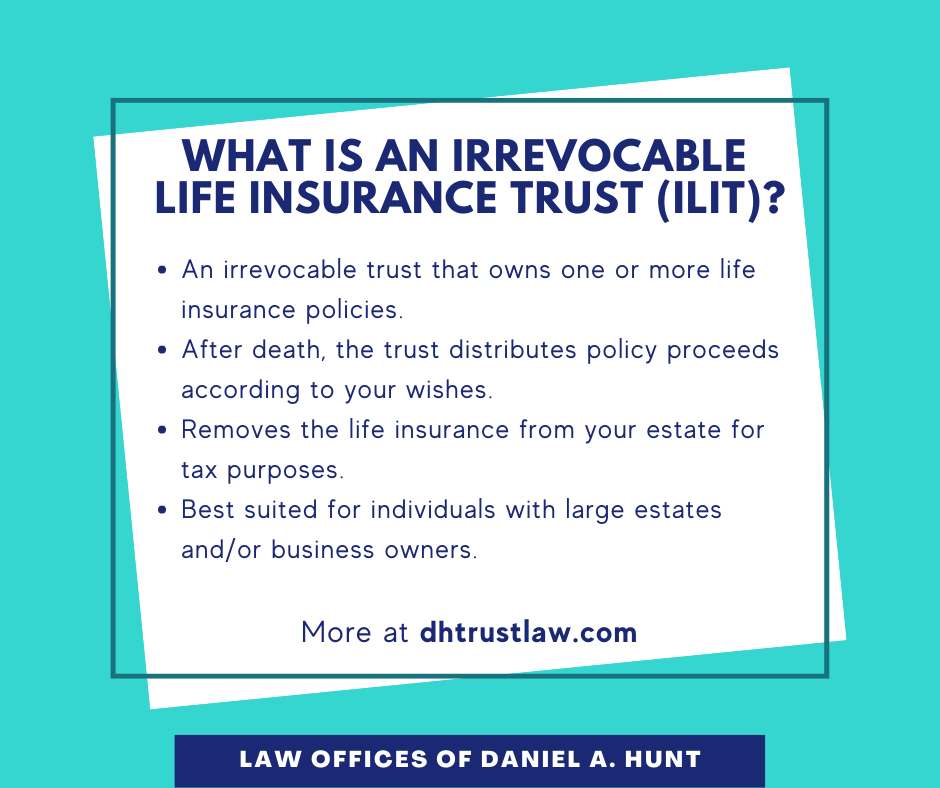Some Of Pacific Prime
Wiki Article
10 Easy Facts About Pacific Prime Described
Table of ContentsHow Pacific Prime can Save You Time, Stress, and Money.The Ultimate Guide To Pacific Prime7 Simple Techniques For Pacific PrimeThe Main Principles Of Pacific Prime A Biased View of Pacific Prime

This is because the information were collected for a period of strong financial performance. Of the approximated 42 million people who were uninsured, just about regarding 420,000 (concerning 1 percent) were under 65 years old, the age at which most Americans end up being qualified for Medicare; 32 million were adults between ages 18 and 65, around 19 percent of all grownups in this age team; and 10 million were children under 18 years old, concerning 13.9 percent of all children (Mills, 2000).
These price quotes of the number of persons uninsured are created from the yearly March Supplement to the Existing Population Study (CPS), carried out by the Demographics Bureau. Unless or else noted, nationwide quotes of individuals without health insurance policy and percentages of the population with various sort of coverage are based on the CPS, one of the most extensively used source of quotes of insurance coverage and uninsurance prices.
Our Pacific Prime PDFs

Still, the CPS is particularly helpful because it creates yearly price quotes fairly promptly, reporting the previous year's insurance policy protection estimates each September, and since it is the basis for a constant set of price quotes for more than two decades, permitting analysis of patterns in coverage gradually. For these factors, along with the comprehensive use the CPS in other research studies of insurance policy coverage that exist in this report, we count on CPS price quotes, with constraints kept in mind.

The price quote of the number of without insurance people broadens when a populace's insurance condition is tracked for numerous years. Over a three-year duration beginning early in 1993, 72 million people, 29 percent of the united state population, lacked coverage for a minimum of one month. Within a single year (1994 ), 53 million people experienced at least a month without coverage (Bennefield, 1998a)
Six out of every ten without insurance grownups are themselves employed. Although working does boost the likelihood that one and one's member of the family will have insurance, it is not a guarantee. Also participants of family members with 2 permanent breadwinner have nearly a one-in-ten opportunity of being uninsured (9.1 percent uninsured rate) (Hoffman and Pohl, 2000).
Some Known Facts About Pacific Prime.
New immigrants make up a significant percentage of people without health and wellness insurance coverage. One analysis has attributed a substantial part of the current development in the dimension of the U.S. without insurance population to immigrants who showed up in the country between 1994 and 1998 (Camarota and Edwards, 2000). Recent immigrants (those that came to the United States within the past four years) do have a high rate of being uninsured (46 percent), however they and their children account for just 6 percent of those without insurance nationally (Holahan et al., 2001).The connection in between wellness insurance coverage and accessibility to care is well developed, as recorded later on in this phase. The relationship in between health insurance coverage and wellness outcomes is neither straight nor straightforward, a substantial clinical and wellness services research study literary works links wellness insurance coverage to improved accessibility to care, much better quality, and boosted personal and populace health and wellness status.
Levels of analysis for taking a look at the results of uninsurance. It concentrates especially on those without any type of wellness insurance coverage for any length of time.
Examine This Report on Pacific Prime
The problems dealt with by the underinsured are in some aspects similar to those faced by the without insurance, although they are usually much less extreme. international travel insurance. Uninsurance and underinsurance, nevertheless, involve clearly different policy problems, and the methods for addressing them might vary. Throughout this research study and this hyperlink the 5 reports to follow, the primary emphasis is on individuals without medical insurance and hence no support in spending for healthcare beyond what is readily available through charity and security net institutions
Medical insurance is an effective factor influencing invoice of treatment because both people and doctors respond to the out-of-pocket cost of services - https://telegra.ph/Pacific-Prime-Your-Trusted-Source-for-International-Health-Insurance-04-02. Medical insurance, nonetheless, is neither needed neither enough to gain access to clinical services. The independent and straight result of health and wellness insurance protection on accessibility to health solutions is well established.
Others will get the health care they need even without health insurance policy, by paying for it expense or seeking it from suppliers who supply treatment complimentary or at highly subsidized rates. For still others, health insurance policy alone does not guarantee invoice of treatment because of other nonfinancial barriers, such as a lack of health care carriers in their area, restricted accessibility to transport, illiteracy, or etymological and cultural differences.
More About Pacific Prime
Formal research study about uninsured populaces in the USA dates to the late 1920s and early 1930s when the Board on the Price of Treatment produced a series of reports concerning financing medical professional office check outs and hospitalizations. This issue came to be prominent as the varieties of medically indigent climbed during the Great Anxiety.Report this wiki page